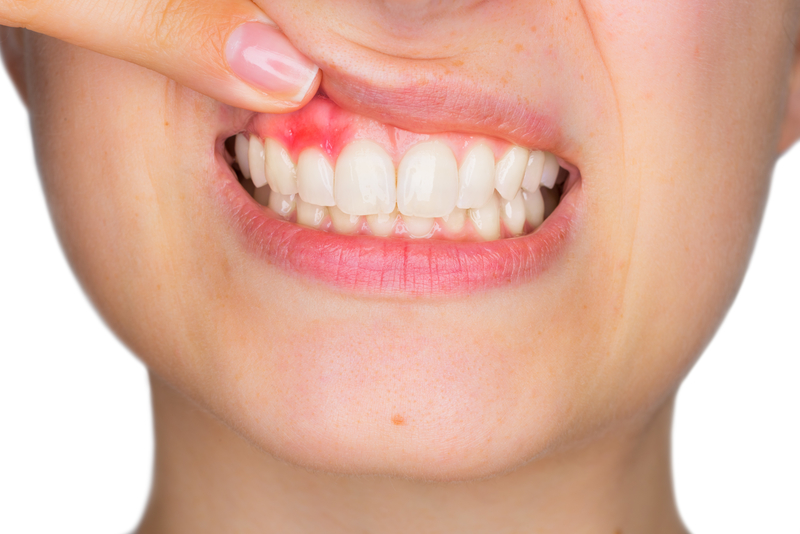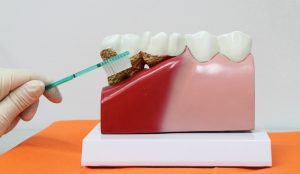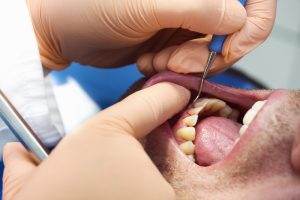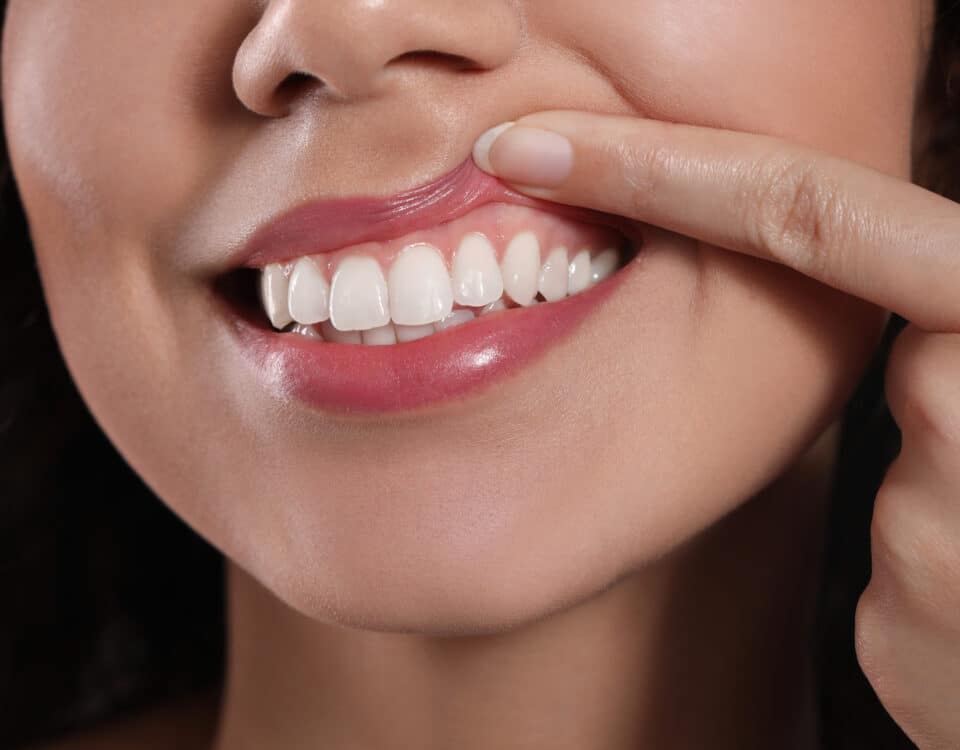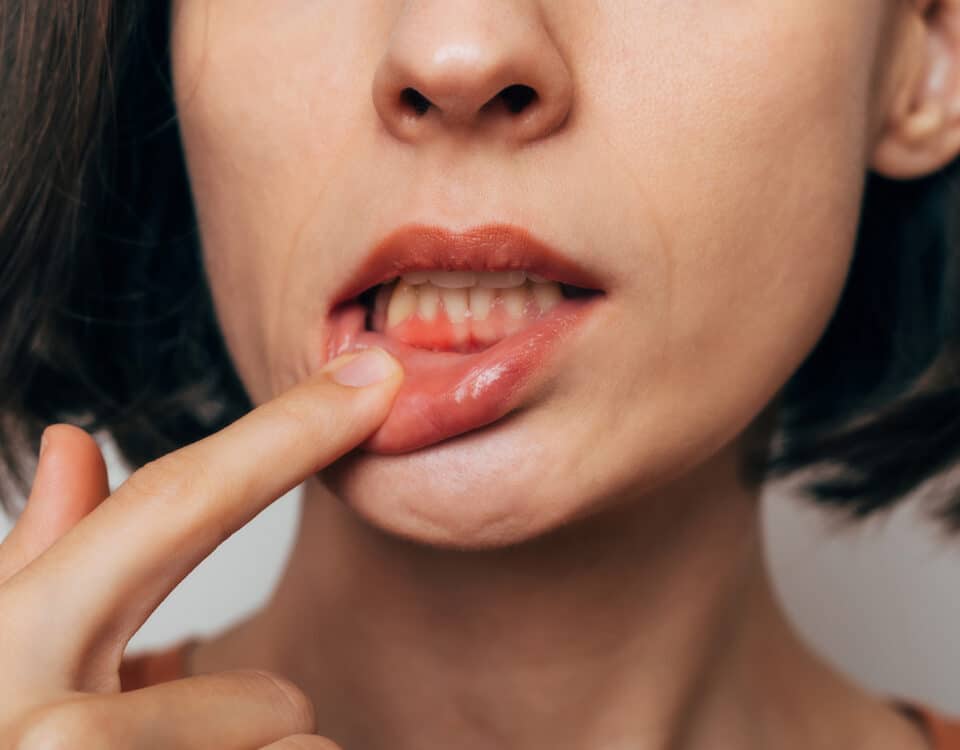Oral Care Guidelines for Every Age
May 10, 2018The Basics of a Root Canal
May 22, 2018Have you noticed that your gums are looking more red than they used to? Do they bleed easier when flossing or brushing your teeth? These are telltale signs of gingivitis, which is the first stage of gum disease. The word “disease” sounds scary, and it can be, but luckily gingivitis is a very treatable stage if you have it. Look for these color changes and other signs along your gum line and find out what to do if you have signs of gingivitis!
Noticing Color Changes in Your Gum Line
Many patients look in the mirror when they brush and floss their teeth. It’s also common to smile and inspect your teeth after a good cleaning to see if you cleaned all the plaque away. If you’ve smiled in the mirror and noticed color changes along your gum line, take note of that. If you have a sudden color change from normal, healthy pink to another color, it’s not something normal. Sometimes, whitening products can turn a part of your gum line white, and your gums can burn as well. Other times you may have a cut that is turning into an infection, which can cause a gum line color change.
Habits such as drinking alcohol and using tobacco products (especially chewing tobacco) can change the color of your gums. You never want this though, as it can be a sign of oral cancer, which can be fatal. Some systemic illnesses can change your gum’s color, but this is generally in small areas where sores, spots or other mouth manifestations appear. If you have an all-over color change in your gum line or gums, the problem is most likely your oral hygiene.
Are Your Gum Line Changes Gingivitis?
There are many causes of color changes along your gum line, and one of the main causes is gingivitis. You have probably heard this term before, but you wouldn’t know that it’s actually the first stage of a disease. That disease is gum disease, which is also known as periodontitis or periodontal disease. Many people actually have gingivitis or gum disease and they don’t know it. Gingivitis is characterized by a color change in the gums. You may notice that your gums suddenly are brighter or darker red than the normal pink you are used to.
When flossing, you may also notice that your gums bleed easily, or everywhere. On closer inspection, you may also notice that your gum line is inflamed and maybe even swollen. These are all signs of gingivitis. You can generally blame plaque for your gum problems. Plaque causes cavities, but because it is acidic in nature, it also irritates the gums. Plaque rests along a patient’s gum line and it’s acidity irritates your gums, causing them to recede. The gums try to get away from the acidic plaque, and over time you may notice more of your tooth root showing. Severe gum disease involves tooth loss because the gums have receded so much. However, in the early stage of gingivitis, gum recession is very minimal. However, you always want to look for that color change along your gum line and up your game with oral hygiene habits to make the color fade back to normal.
The Facts of Gum Disease
Gum disease is 100% avoidable if you simply brush and floss your teeth often and see the dentist twice a year. Despite how easy it is to avoid, the following facts are still true:
- Over 64.7 million American adults have some stage of gum disease, which is ½ of all adults.
- Of those adults, 8.5% have severe gum recession that leads to rapid tooth loss. 30% have moderate gum disease and 8.7% have mild stages, which is gingivitis.
- Gum disease can (and often does) affect children as well. If the problem isn’t corrected in childhood, that child will often have gum disease as an adult.
- Gingivitis is a fairly easy stage of gum disease to reverse with the right oral hygiene care.
- This disease is usually painless, which means it can significantly advance before you have tooth loss, which can be painful.
Periodontal Treatment and Prevention
If the cause of your color change along your gum line is not gingivitis, you will want to work with a dentist to find the cause. If your gums aren’t a healthy pink, then there is a problem you want to get addressed as soon as possible. When the color change is due to gum disease, you have a few options:
- Brushing and Flossing. Gingivitis can be corrected if you start brushing and flossing properly several times a day.
- Scaling and Root Planing. This is a dental service where we use tools to clean underneath the gumline to remove all plaque, food particles, and pockets of infection. It can reduce swelling and help with receding gums.
- Periodontal Treatment. We can also perform surgical procedures such as gum-pocket reduction, bone-grafting, gingival grafting, dental implants, ridge augmentation, crown lengthening and more. You always want to get your gum disease under control, even if it requires surgery to do so.
Get Help Early-On
When you first notice color changes along your gum line, keep on eye on your gums. If something seems a bit off, it probably is. Your gums should be a healthy shade of pink. They should never look red (especially dark red) and they shouldn’t be swollen. Often, color changes in the gum line and the gums themselves set in over time. You have to monitor your oral health and look for those subtle changes in order to spot gum problems. If you have noticed color changes in your gums, or they have begun to bleed easier, give Family & Cosmetic Dentistry of the Rockies a call at (970) 267-0993!

